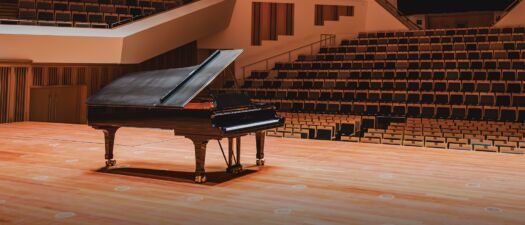
Piano tuner Marc: ‘There’s magic in the finest grand pianos’
A grand piano is much more than just black and white keys that make a sound when you press them. ‘In the end, it’s the pianist who tells the story through the music—but it’s the piano that has to carry that story to the audience,’ Van Hoorn explains. ‘That’s why it’s so important to choose a piano that fits the story—because that’s when the magic happens. Some pianists produce a tone from the instrument I didn’t even know was in there. It’s just beautiful.’
Still, the sound of a grand piano isn’t permanent. ‘The soundboard – the part that gives a piano its character – is under tension in a new instrument. But as the piano ages, that tension gradually fades. As a result, the character of the sound deteriorates,’ Van Hoorn explains. ‘And don’t underestimate the impact of smoke machines used during pop concerts – they cause the metal parts to oxidise, just like sweaty hands do.’ That’s why grand pianos are typically replaced every ten years or so. ‘It’s the only way we can guarantee pianists that the instrument is in top condition.’
This year, a new grand piano is once again on the agenda. A delegation from Muziekgebouw Eindhoven – including Marc – will travel to Hamburg for the occasion. That’s where the Steinway & Sons factory is located. ‘We always invite a renowned pianist to come with us. A concert pianist has a much deeper sense of how a piano plays, which allows me to focus on the technical side of things.’ One thing is certain: with the arrival of a new grand piano, the magic is guaranteed to last for years to come.
Series ‘Backstage Stories’
As a visitor, you rarely stop to think about everything that goes on behind the scenes to make a concert a success. In this series, we take you backstage at Muziekgebouw Eindhoven and shine a spotlight on the people who make it all happen!
This article was originally published in the classical brochure 25–26.